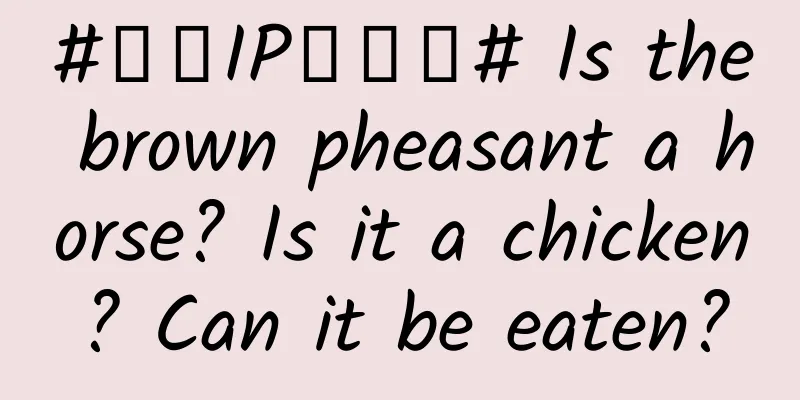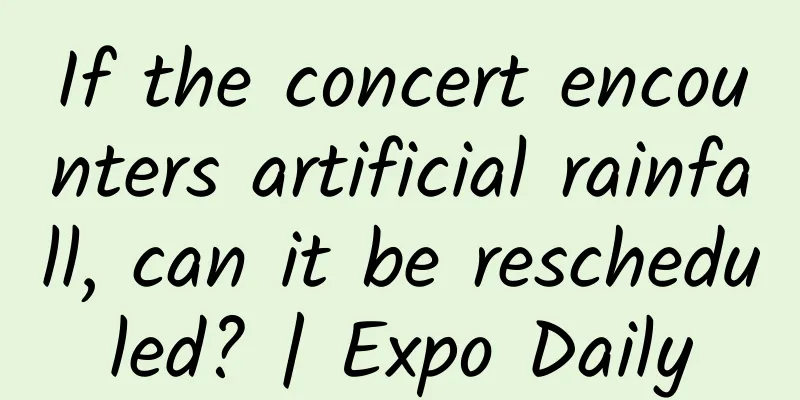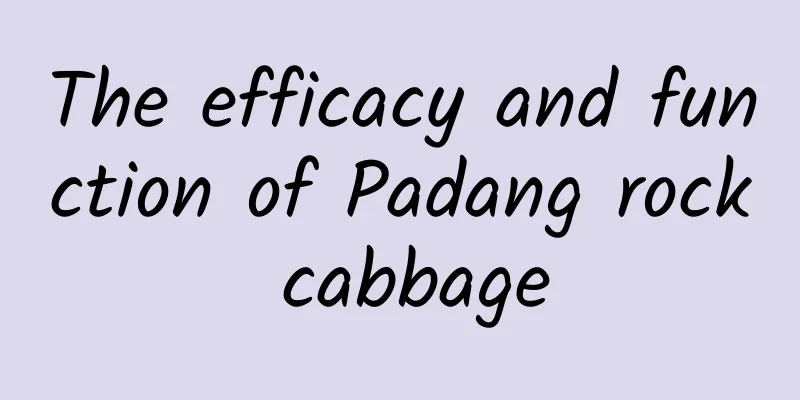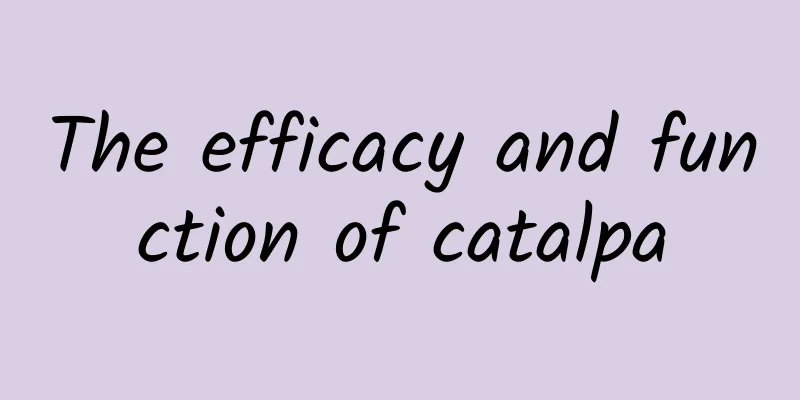Trivia about how the ancients repelled mosquitoes
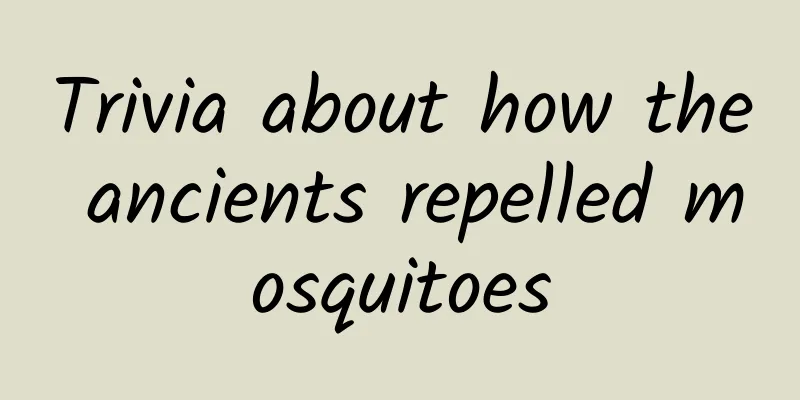
|
Annoying mosquitoes are not only a headache for modern people, but also a problem for ancient people. More than 2,000 years ago, Zhuangzi's Tianyun Chapter recorded: "If mosquitoes and flies bite your skin, you will not be able to sleep all night." This means that if mosquitoes bite your skin, you will not be able to sleep all night. This sentence is actually an example given by Laozi when Confucius was visiting Laozi when he was discussing Taoism. But it also shows that mosquito bites that make people toss and turn in sleep were common in ancient times. With the changes of the times and the development of technology, modern people have mosquito coils, floral water, mosquito repellent liquid, mosquito repellent bracelets and other items to help repel mosquitoes. So how did the ancients fight mosquitoes? mosquito net Mosquitoes bite people, so we need to find a way to prevent them from biting us. The clever ancients invented mosquito nets. Ancient Chinese textile technology was extremely advanced, which provided a solid technical foundation for the ancients to build physical defenses to resist mosquito attacks. The Book of Songs, Zhaonan, Xiaoxing, records a folk song from the pre-Qin period, which reads "I set out on a journey at night, hugging my quilt and chóu". "Chóu" means mosquito net. A mosquito net must be breathable but not too porous for mosquitoes to get in. The fabric used to make the mosquito net is very high and relatively expensive. Therefore, mosquito nets were not something that every family could own until the late Qing Dynasty, but wealthy families could use gorgeous silk to make mosquito nets. Smoked Ordinary families could not afford mosquito nets, but people soon discovered another economical way to repel mosquitoes, which was fumigation. In the Western Zhou Dynasty, a special insect repellent official was set up, called Jian (jiǎn). Although his daily work was mostly praying and offering sacrifices, he often burned a plant called mangcao to repel mosquitoes. It is said that the smell of mangcao is so strong that it can poison mice, so this grass is also called "rat mang". It was around the Han Dynasty that real incense burning began to appear, because incense burners appeared in the Han Dynasty. Historical records show that the Han Dynasty burned "moon incense" to "avoid epidemics." Burning incense has evolved from "communicating with gods" to "avoiding epidemics". As the material of the incense changes, the function of the incense is also expanding, and it has developed the function of repelling and killing mosquitoes. Matchlock The strong medicinal smoke of mangcao is obviously not suitable for a closed indoor environment. Later, people gradually discovered that mugwort and wormwood also have similar mosquito repellent effects. Not only is the smoke not as much as mangcao, but the smell is not strong either, making them very suitable as mosquito repellent materials for ordinary households. On this basis, people made the earliest mosquito repellent tool - the fire rope, which is made of wormwood, wormwood and other plants woven into a rope, lit at night when sleeping, and used its fragrance to repel mosquitoes. This is the original form of mosquito coils. The Song Dynasty's "Gewu Cuotan" records: "During the Dragon Boat Festival, duckweed is collected and stored, dried in the shade, and realgar is added to make paper-wrapped incense. Burning it can repel mosquitoes." It is similar to modern mosquito coils. Fang Xiaoru's "Mosquitoes" in the Ming Dynasty also recorded the scene and method of fumigating mosquitoes: "A boy pulled out wormwood and tied it up, set fire to it, and the smoke was thick. He waved his hand left and right, circled the bed several times, and drove the mosquitoes out." Mosquito-repellent coils The production technology of mosquito coils was very mature in the Qing Dynasty. In the late Qing Dynasty, an Englishman wrote a book called "Living Among the Chinese", in which he recorded that the Englishman went from western Zhejiang to Wuyi Mountain in Fujian to buy tea seeds. Due to the hot and humid climate, there were many mosquitoes, and he was tormented by mosquitoes. Later, his entourage bought mosquito coils locally to solve this annoying problem. Sachet The previous methods can only be used at home. If you go out, you will still be "attacked" by mosquitoes. Therefore, the ancients invented sachets, which can not only be carried with you, but also have decorative functions. Qin Guan's "Mantingfang" "The sachet is secretly untied, and the silk belt is lightly separated." Although no one is seen, the fragrance of the beauty has already come to your nose. In fact, the production of sachets is very simple. Just put Chinese medicinal spices with mosquito repellent effects into the sewn sachets. Common ones are patchouli, mint, star anise, fennel, wormwood, etc. Therefore, the ancients gave each other sachets, in addition to conveying friendship, they also had the function of mosquito repellent and epidemic prevention, truly perfectly unifying functionality and aesthetics. |
<<: There are so many colors of sunglasses, how do you choose?
>>: How can two drops of water and a piece of paper generate electricity for one hour?
Recommend
When using your mobile phone, do you prefer "normal mode" or "dark mode"?
I still remember when the dark mode was first upd...
What is this saltwater fish that has a strange appearance, a difficult name to write, and is difficult to tell male from female?
The brindle fish, commonly known as "butterf...
How to formulate dietary policies? How to eat healthier? All these are inseparable from nutrition research.
Produced by: Science Popularization China Author:...
How did ancient ships find their way?
How to find ancient ships Direction of travel? Wi...
Why do more people with lung cancer get worse in winter? How can lung cancer patients spend the winter safely? Pay attention to these 6 details
Winter is the most difficult season for lung canc...
Astronauts are not allowed to fart. How can they do this?
The environment in space is completely different ...
The efficacy and function of goldfish
We know that there are many kinds of Chinese medi...
What changes will happen to your body 24 hours after drinking? People who drink frequently should not ignore these signals!
The best way to escape drinking at the table↓↓↓ T...
If I suddenly have chest pain, will there be a risk of sudden death?
One minute with the doctor, the postures are cons...
Beware! A pen contains ten kinds of poisons. Your children may also be using it...
This article was reviewed by Chu Yuhao, PhD from ...
Science's latest cover: The "rabbit hole" of conspiracy theories is shattered by the AI big model
“Once you fall into the rabbit hole of conspiracy...
Weekly Technology Talk丨Long life and reliability, lithium batteries have a promising future
In recent years, with the rise of electric vehicl...
The efficacy and function of Ginkgo biloba leaves
Ginkgo leaves are a common Chinese medicinal mate...
If these "strange things" grow on your skin, it's skin cancer! Huaxi doctors teach you how to identify
On our skin There are some problems more or less ...
The efficacy and function of wine cake leaves
Wine cake leaves are a very common medicinal mate...
